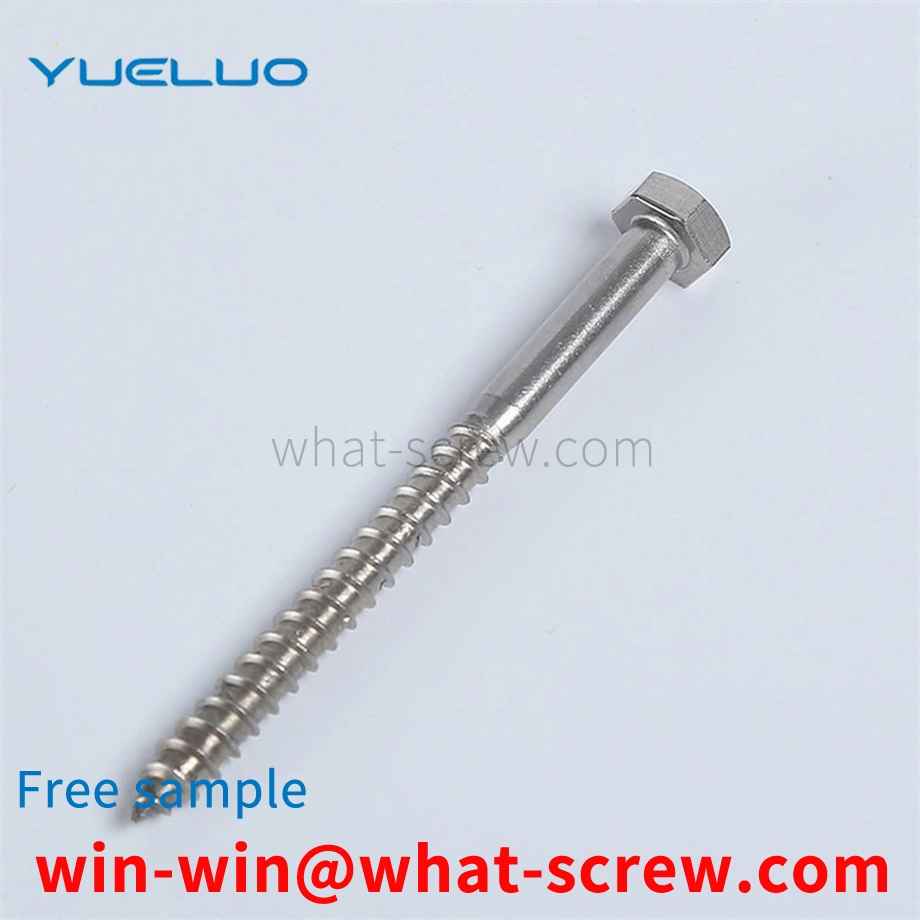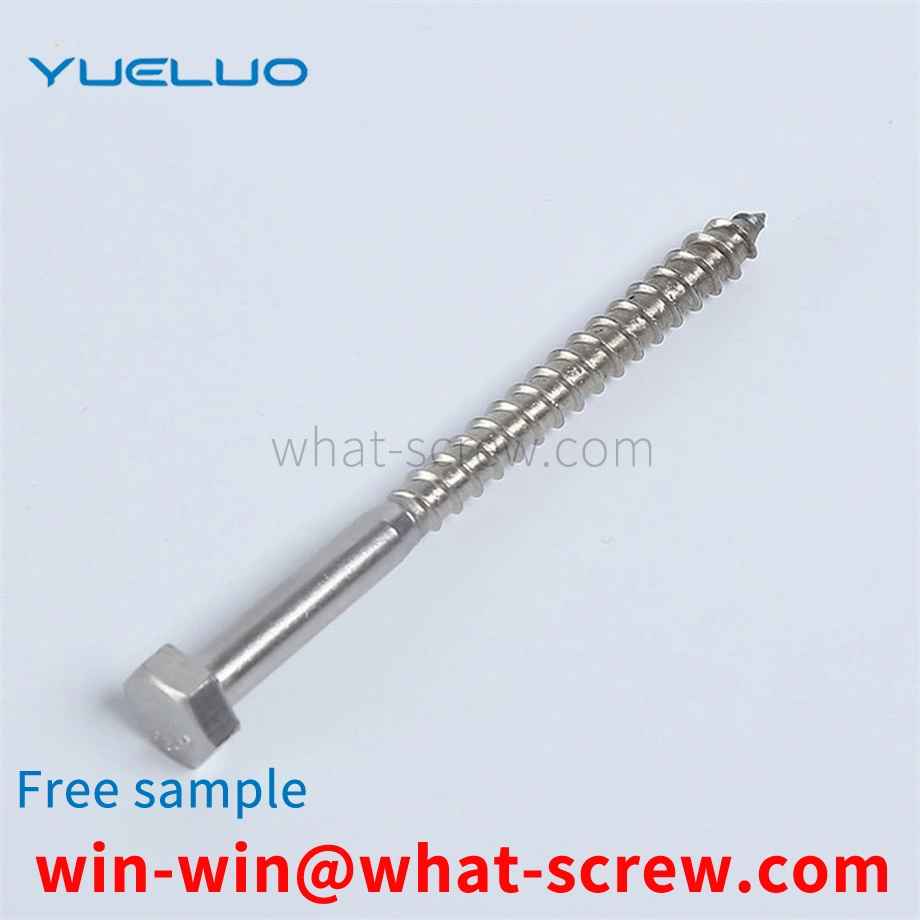In pressure vessels such as oil cylinders, the existing sealing structures are all seals (such as O-rings, etc.) plus a retaining ring. The cross-sectional shape of the retaining ring is generally rectangular. The retaining ring of this shape is limited in the sealing structure. It protects the sealing ring and does not participate in the sealing effect.
In order to tighten the fastener, the holding element of the tightening tool can hold the washer in engagement with the bolt to prevent the washer from rotating while allowing the rotating element of the tightening tool to rotate the nut. Such tools are disclosed, for example, in Application Serial Nos. 0/010377 and 10/120343. In this structure, since the same size washer cannot be arranged on the driving part and the fixing part, the driving part is made into the inner socket of the nut, and the fixing part is made into the outer socket of the washer, so , regular hexagonal nuts cannot be used. This is because, when just tightening the nut, the outer cavity cannot be removed since the hexagonal surface of the nut will not align with the hexagonal surface of the washer. Due to the larger diameter of the fastener formed as the outer cavity, side clearance problems may arise, thus increasing the cross-sectional profile of the hexagonal surface of the washer, which is undesirable.
Please refer to FIG. 1 , which is a cross-sectional view of a conventional screw and screw washer for locking two metal parts. The screw 100 is combined with the screw washer 110 to lock the metal parts 120 and 130 . The screw washer 110 includes a washer portion 112 and a body washer portion 114 . The washer portion 112 is used for electrically isolating the screw head 102 from the metal piece 120 , and the screw body washer portion 114 is used for electrically isolating the screw body 104 and the metal piece 120 . Therefore, through the design of the screw washer 110 , the screw 100 can be isolated from conducting the metal parts 120 and 130 .
A T-bolt with anti-slip teeth includes a block-shaped bolt head and a screw rod, the bolt head and the screw rod are T-shaped, the screw head is provided with anti-slip teeth on the side end surface of the screw, and the screw end surface is provided with grooves ; The anti-skid teeth protrude from the side end face of the screw on the bolt head, the anti-skid teeth are strip teeth or reticulated teeth, and their cross-section is triangular; or hexagonal slot etc. The T-bolt with anti-skid teeth of the utility model can not only be quickly inserted into the T-shaped groove, but also ensure reliable connection, and the bolt does not follow the rotation during the tightening of the nut.
In the prior art, after the screw is screwed into the workpiece, rust inhibitor is dripped on the edge of the screw to prevent rust in the later stage, but this traditional dripping method of rust inhibitor often produces rust inhibitor during the dripping process. Difficult to penetrate, or the problem that the anti-rust oil cannot penetrate due to the tight contact between the screw thread and the thread groove. In terms of material saving, the traditional anti-rust of screws often causes a lot of waste of anti-rust agent, and cannot achieve a good anti-rust effect of screws.
We have many years of experience in the production and sales of screws, nuts, flat washers, etc. The main products are: factory price supply, dowel pins, positioning pins, blackened galvanized washers, round polyurethane washers and other products, we can provide you with suitable products for you. Fastener Solutions.



















 Service Hotline
Service Hotline




